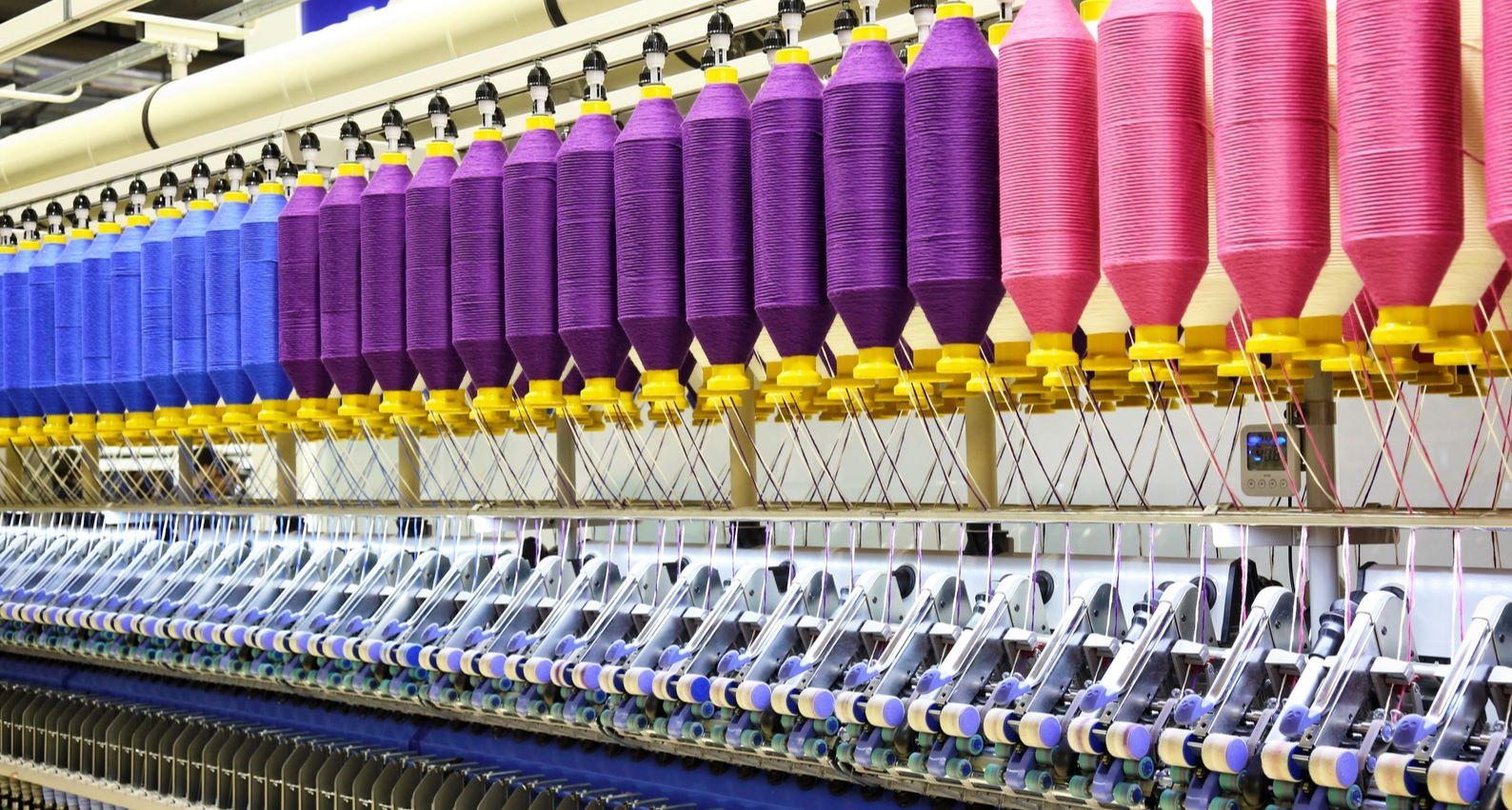Polyester 2020 - A Tough Road Ahead
Published on 04 Mar, 2020

Polyester prices that continued to decline in 2019 as a result of falling prices of raw materials are expected to fall marginally in H1 2020. Continuous reduction in feedstock prices (PTA and MEG) as well as oversupply of polyester in the market are the other reasons for decreasing prices. Slowdown in the global economy, coupled with the ongoing US-China trade war, has further weakened the demand for polyester, negatively affecting its prices.
Polyester is the third most popular synthetic polymer used worldwide after polypropylene (PP) and polyethylene (PE). It is a main component in the textile and packaging material industries. In textile applications, it is used to make filaments POY, DTY, FDY, A-PET film, thermoforming, non-woven and spun bond, BO-PET biaxial oriented film, etc. In packaging, it is an important component in flexible packaging, lidding, can laminations, metallized packaging, susceptors, etc. Polymer is a multipurpose material; it is strong, durable, and resistant to wrinkles, abrasion, chemicals, shrinking and stretching. Therefore, it has a wide variety of applications.
Polyester prices declined by ~20% from $1,150/MT to $900/MT during January–December 2019 and are expected to further decrease marginally in H1 2020. Key factors impacting polyester prices are continuous decrease in feedstock prices, oversupply in China, weak demand, and rising demand for recycled polyester.
Decline in feedstock prices due to increased capacity
Falling prices of purified terephthalic acid (PTA) and monoethylene glycol (MEG) are negatively impacting polyester prices across international markets.
PTA
PTA prices declined by 13–15% from $850/MT to $715/MT during January–December 2019 due to excess capacity. The softening of overall feedstock prices amid high supply and inventory contributed further to this decline.
PTA production in China increased by 4.7 million MT to 48.9 million MT 2019. In Q3 2019, Xin Fengming Group added capacity of 2.2 million MT/year, while Xinjiang Zhongtai Chemical added 1.2 million MT/year. Additionally, high operating rate of 85–86% resulted in oversupply and put pressure on prices.
PTA capacity additions that are in the pipeline in China and India would further increase supply, denting prices in H1 2020. The key countries which are contributing into production are-
- China
- Hengli Petrochemicals, China (+2.5 million MT/year)
- Yisheng Petrochemical, China (+3 million MT/year)
- Zhongtai Kunyu, China (+1.2 million MT/year)
- India
- JBF industries, India (+1.25 million MT/year)
and in 2019, paraxylene capacity additions (primary feedstock of PTA) in China led to oversupply in Asian markets and impacted its prices by 5–7% over January–December 2019. Main additions were made by Hengyi Petrochemicals (increased capacity by 1.5 million MT/year) and Sinopec Hainan (by 1 million MT/ year).
Continued PTA and PX capacity additions in China would further decrease PTA prices in H1 2020.
MEG
MEG prices declined by 7–8% from $630/MT to $590/MT during January–December 2019 as supply exceeded global demand by ~10–15%. Capacity additions in Asia and the US, along with high operating rate (75–80%), contributed to the decline in prices last year.
Upcoming expansion projects, including Pengerang Refining and Petrochemical's in Malaysia, Nan Ya Plastics project in the US, Zhejiang Petrochemical unit in China and Rong Xin Chemical Co. Ltd. plant in Mongolia, would create oversupply, resulting in lower prices.
Although the projects lined up have been delayed by 6–8 months to prevent oversupply in 2020, the supply glut is expected to continue with even more capacity coming online in 2022 in the US, and coal-based MEG plants in the pipeline in China.
Oversupply
Huge capacity additions in China led to oversupply of polyester in 2019. In H1 2019, 8 polyester plants with a combined capacity of 1.24 million tons commenced operations, while an estimated 1.85 million tons of capacity were added in H2 2019.
The major players in China that increased polyester filament capacity were Jiaxing Petrochemical Corporation, Xinfengming Zhongyue and Tongkun Hengbang (by 300,000 tons each), Tongkun Hengyou (by 600,000 tons) and 250,000 tons polyester chip unit in Zhejiang Province. Additionally, the higher operating rate, at 82–86% of total capacity, boosted supply.
Oversupply in market has led to a decline in prices as well as rise in inventories. Yarn producers are holding 11–25 days of stocks, while fiber is stocked for almost 6–13 days. Total polyester and PET capacity is almost 56 million tons. Growth in production is expected to hit prices negatively in H1 2020.
Low demand
Slower global economic growth, coupled with the prolonged US-China trade war, weakened the demand for polyester and brought prices down in 2019. Uncertainties regarding the US-China geopolitical situation has affected growth in the global polyester market as well as trade across regions. The US imposed additional 10% tariff on textile and garments sourced from China in September 2019, including polyester fabrics, garment and yarns, among others. Overall, the slowing global economy also led to weaker-than-anticipated demand for polyester.
Demand for recycled polyester picking up
Demand for recycled polyester is growing, denting new polyester prices. Rising awareness regarding environmental stability, availability of recycling technologies and ban on landfills in Europe boosted demand for recycled polyester. The material is being adopted by organizations worldwide as a part of their sustainability initiative. The recycled polyester market is expected to expand at a CAGR of ~7–8% during 2019–22, driven by demand for industrial yarn. Recycled polyester is widely used in spinning, weaving and fiber fillings in furniture. Demand mainly comes from Asia-Pacific countries such as Japan, India and China.
Overall, polyester prices are expected to continue to decline due to low raw material prices and is likely to reduce marginally in H1 2020.